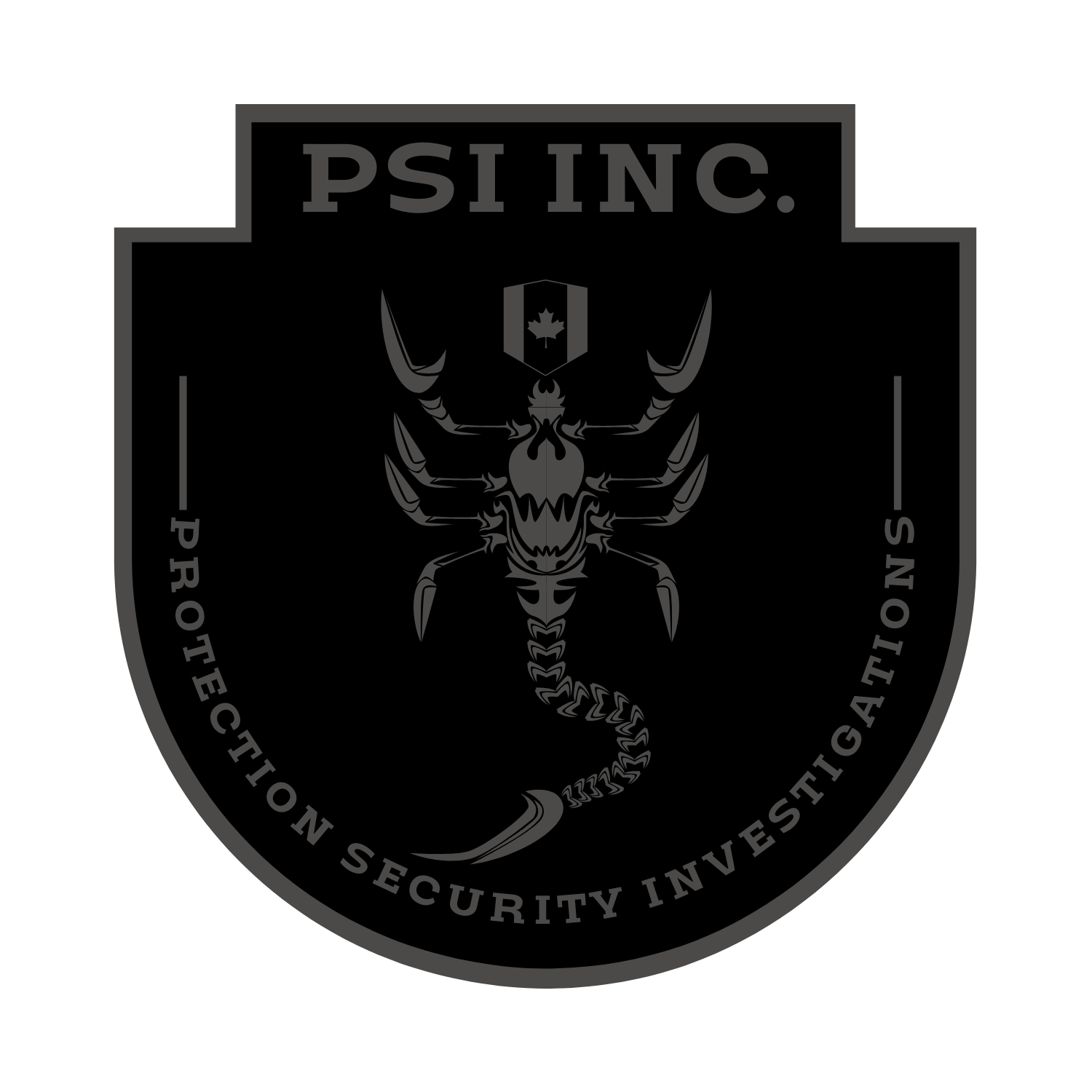Active Shooter Response: Best Practices for Preparedness and Rapid Response
Active Shooter Response: Best Practices for Preparedness and Rapid Response
Learn how to protect yourself and your colleagues with effective active shooter response strategies.
Understanding Active Shooter Incidents
Gain insight into the nature of active shooter incidents, their unpredictability, and the importance of preparedness.
What Is an Active Shooter Incident?
An active shooter incident is a terrifying and life-threatening situation where an individual or multiple individuals are actively engaged in killing or attempting to kill people in a confined or populated area. These incidents often unfold rapidly and without warning, creating an environment of extreme danger. The key characteristic of an active shooter situation is that it is ongoing, and the assailant(s) continue to pose an immediate threat to the lives of those in the vicinity.
The Need for Preparedness
The need for preparedness in the face of an active shooter incident cannot be overstated. These situations are highly unpredictable, and when they occur, there is often very little time to react. Proper preparedness can mean the difference between life and death for yourself and others. It's essential to emphasize that while these incidents are rare, they can happen anywhere, making readiness a vital aspect of workplace safety.
Preparing for an Active Shooter Situation
Preparing for an active shooter situation is of paramount importance to enhance workplace safety and personal well-being. This proactive approach involves a series of crucial steps aimed at minimizing risks and maximizing preparedness. First and foremost, it's imperative to establish a comprehensive emergency response plan that includes specific procedures for dealing with an active shooter incident. This plan should encompass communication protocols, evacuation routes, and designated safe areas.
In addition to formal planning, training and education play a vital role in readiness. Conducting regular drills and exercises to familiarize employees with the response plan is essential. Training should focus on recognizing signs of potential threats, understanding the importance of immediate action, and knowing how to communicate effectively during a crisis.
Fostering a culture of vigilance and awareness within the workplace is key. Encouraging employees to report suspicious activities or individuals can help prevent potential threats from escalating. Employers should also consider implementing physical security measures such as access control systems, surveillance cameras, and alarm systems to deter and respond to security breaches effectively.
Preparing for an active shooter situation involves a multifaceted approach that combines planning, training, and a commitment to maintaining a secure and vigilant environment. By taking these essential steps, workplaces and individuals can better protect themselves in the face of this alarming threat.
Run, Hide, Fight: The Basics
Learn the principles of the ""Run, Hide, Fight"" strategy, a widely recognized approach to active shooter response.
The ""Run, Hide, Fight"" strategy is a simple yet effective guideline for responding to an active shooter situation:
Run: If you can do so safely, run away from the shooter's location. Leave your belongings behind and find a way to escape the building. Encourage others to come with you, but do not stay behind to convince anyone who is hesitant.
Hide: If running is not an option, find a place to hide. Choose a location that is out of the shooter's view and provides protection if shots are fired. Lock or barricade doors if possible and remain quiet.
Fight: As a last resort and only when your life is in immediate danger, be prepared to fight back. Act with aggression, using improvised weapons and doing whatever it takes to incapacitate the shooter.
Creating an Emergency Action Plan
Discover how to develop an effective emergency action plan, including communication and evacuation strategies.
Creating an emergency action plan tailored to your workplace is essential for preparedness. Your plan should include:
Communication Protocols: Establish clear communication methods to alert employees and authorities about the situation.
Evacuation Routes: Identify and mark primary and secondary evacuation routes. Ensure they are well-lit and easily accessible.
Safe Meeting Points: Designate safe meeting points away from the danger zone for employees to gather after evacuating.
Employee Training: Regularly train employees on the emergency action plan, including conducting drills to practice the ""Run, Hide, Fight"" strategy.
By having a well-thought-out plan in place, you can reduce chaos and improve the chances of a safe and organized response in the event of an active shooter incident."

